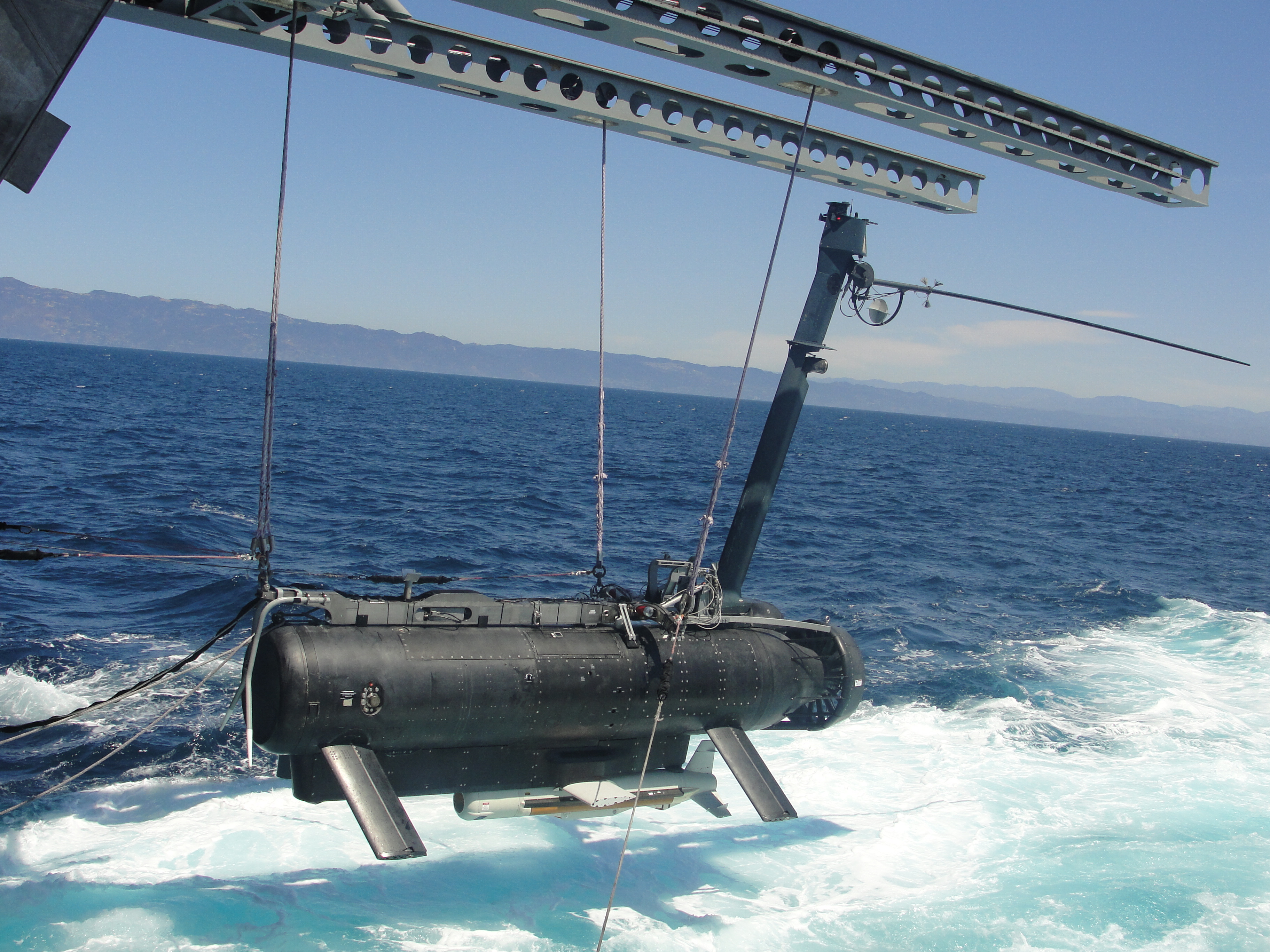
Secretary of Defense Chuck Hagel’s mandate capping of the first variants of the Littoral Combat Ship at 32 hulls will do little to limit the acquisition of the mission packages for the Flight 0 LCS over the next five years, navy officials told USNI News last week.
Though the service is currently working on a study to asses a follow on to the Lockheed Martin Freedom-class and Austal USA Independence-class of ships, any changes to the mission package elements won’t manifest themselves over the so-called future years defense plan (FYDP), Vice Adm. Joseph Mulloy, Deputy Chief of Naval Operations, Integration of Capabilities and Resources (OPNAV N8), told USNI News following a hearing of the House Armed Services Subcommittee on Seapower and Projection Forces on March, 26.
“We still have a plan throughout this FYDP to continue build most of these mission packages and none of the money has been taken [out of the budget],” Mulloy said.
The Navy is on track to assemble 45 mission packages over the next five years at a total cost of $1.6 billion, which includes $316 million for the Lockheed Martin Remote Multi-Mission Vehicle (RMMV) used with the Mine Countermeasure (MCM) mission package as a separate line item, according to Fiscal Year 2015 (FY2015) budget information provided to USNI News by the service.
The packages MCM, surface warfare (SuW) and anti-submarine warfare (ASW) are designed to be swapped out of LCS to tailor the ship to a particular mission set with a specialized set of crew to be brought on board as needed.
The Navy had planned for 64 mission packages for the 52 planned LCS hulls — 16 ASW, 24 MCM and 24 SuW. Over the FYDP, the service plans to buy 10 MCM, 18 RMMVs, 10 SuW and 7 ASW packages.
However with a reduction of 20 hulls, it’s unclear how the mission package numbers will be reduced past FY 2019.
“Sixty four is the operational requirement until we’re done with the study. If you’re looking at a ship that didn’t need packages, then you might come down to 48 or something, but that’s not decided,” Mulloy said.
“You have to do the study on the hull first and deiced if [the next small surface combatant] has mission packages or not. Or does it have a different mission package?”
Hagel’s directive told the service, “submit alternative proposals to procure a capable and lethal small surface combatant, consistent with the capabilities of a frigate,” in February.
The options for review by the Navy include a new design, a modified variant of LCS or an existing ship design.
The evaluation process — when completed later this year — will determine how modular the next small surface combatant will be.
Several naval analysts told USNI News in late February that the ASW and SuW packages would be the most likely candidate for reduction as most of the Navy’s surface ships are equipped with fixed anti-surface and anti-submarine components — like hull mounted sonars and anti-ship missiles.
The MCM package, however, is the least likely to be trimmed as the service is set to retire the 1980s era Avenger-class mine hunters in the next several years.
MCM is by far the most complex of the mission packages and represents the Navy’s largest looming capability gap that LCS was created to fill.
Alone, the MCM and RMMV line items account for almost $1 billion of the $1.6 billion total for the mission package program over the next five years.
Other components of mission packages have not fared as well in ongoing Pentagon budget trimming.
The Navy zeroed out a planned buy for 17 Northrop Grumman MQ-8 Fire Scout unmanned aircraft from its FY 2015 budget submission.
The Fire Scouts were planned for the LCS SuW mission package.





